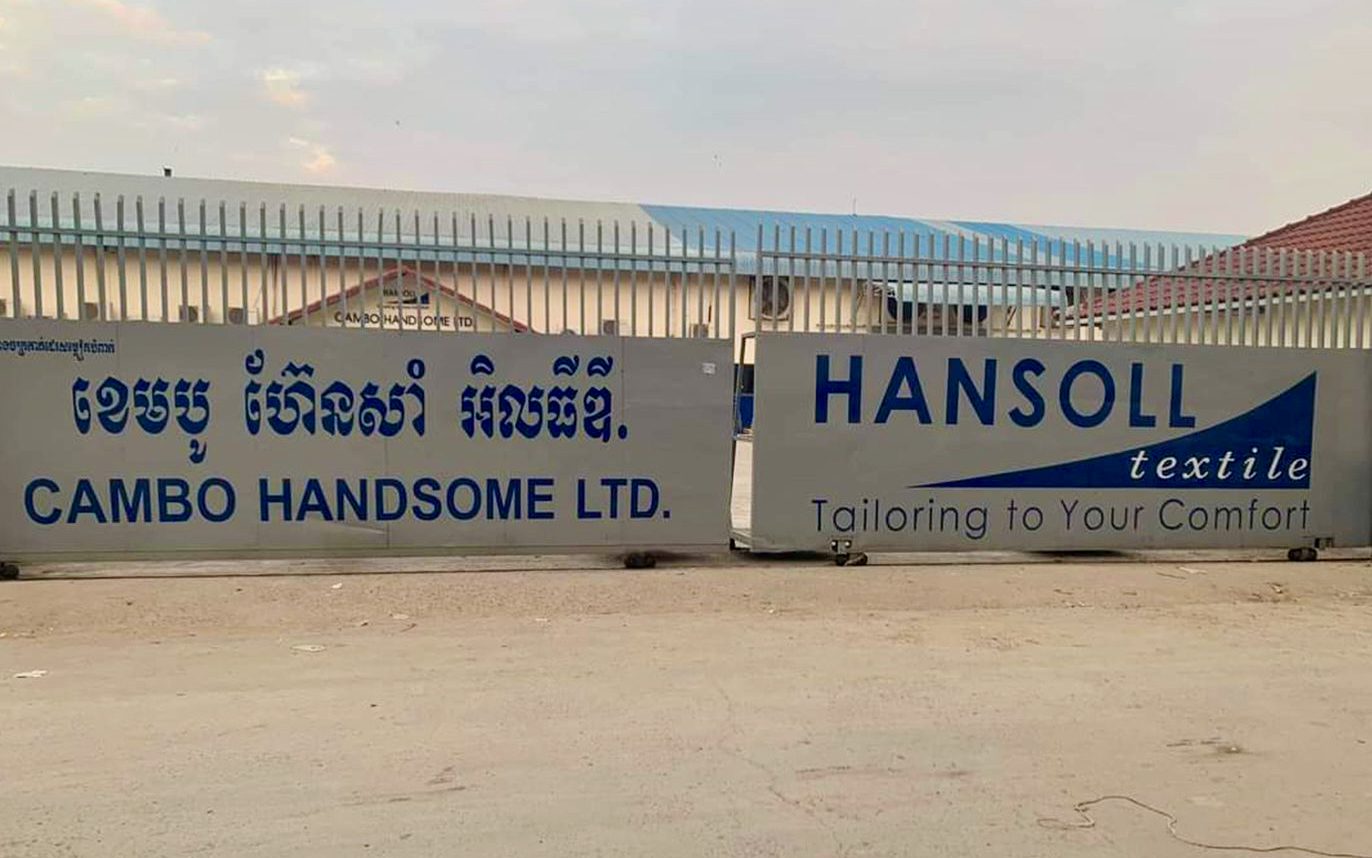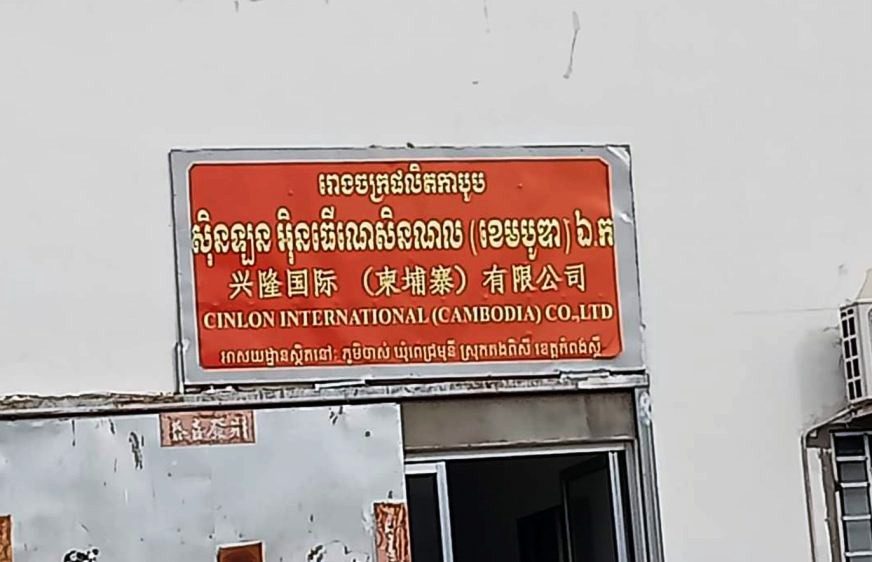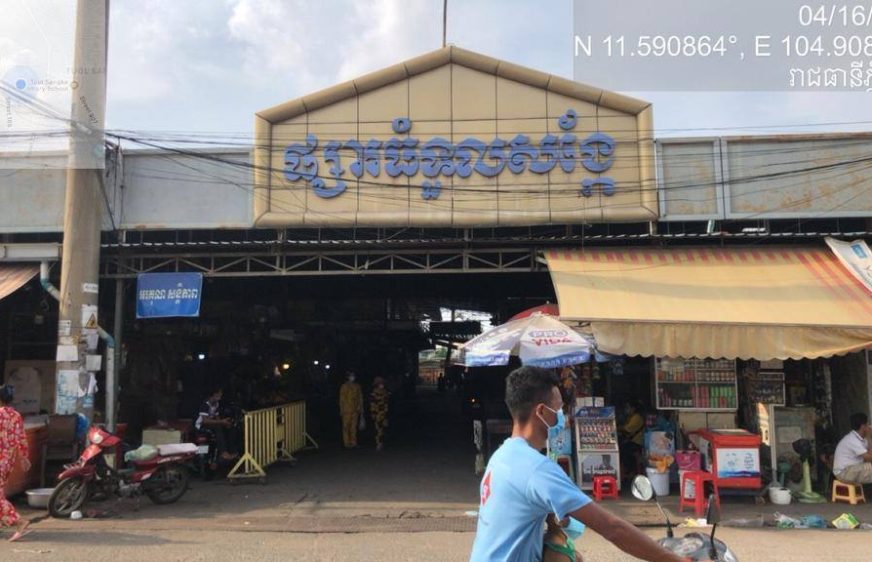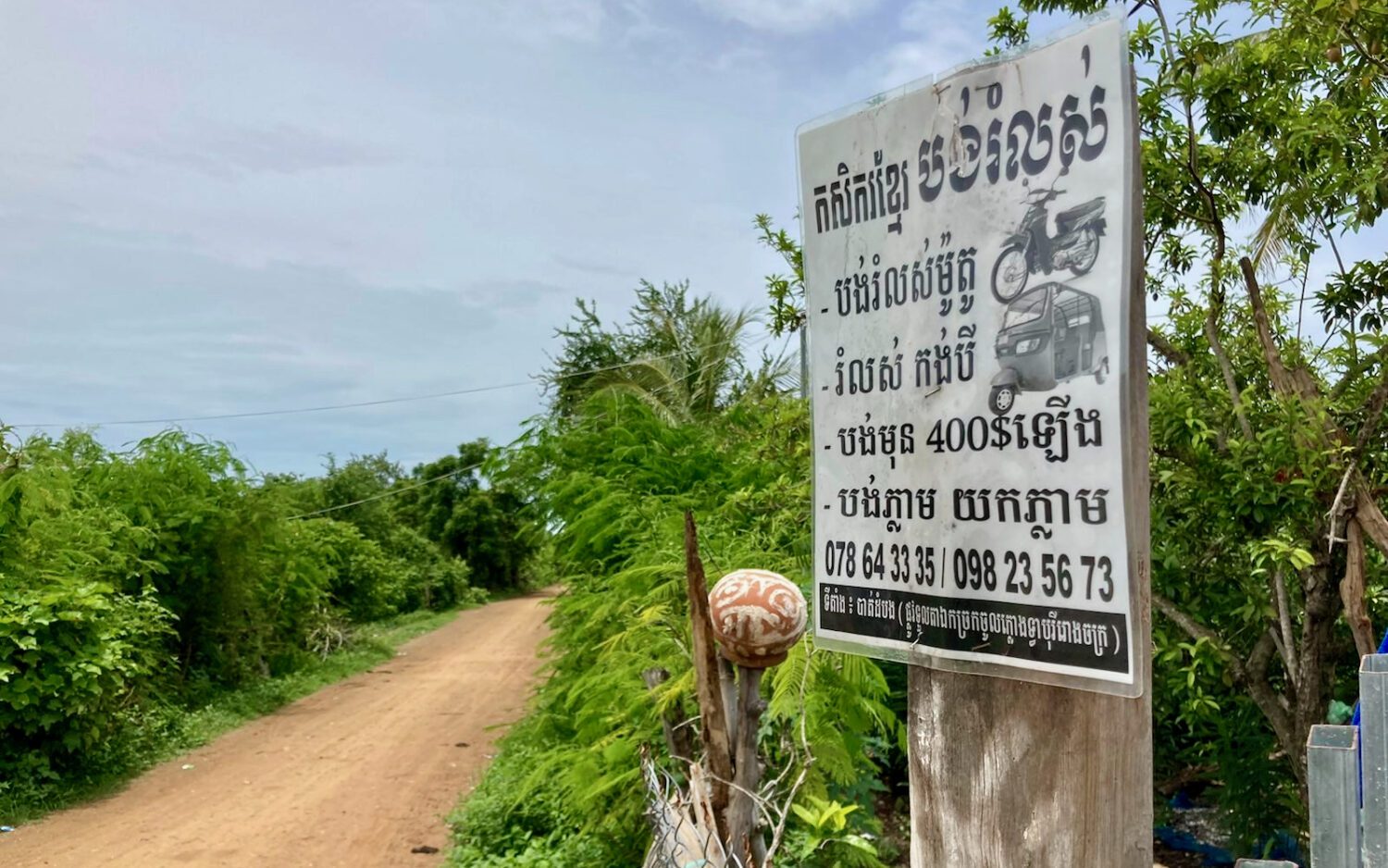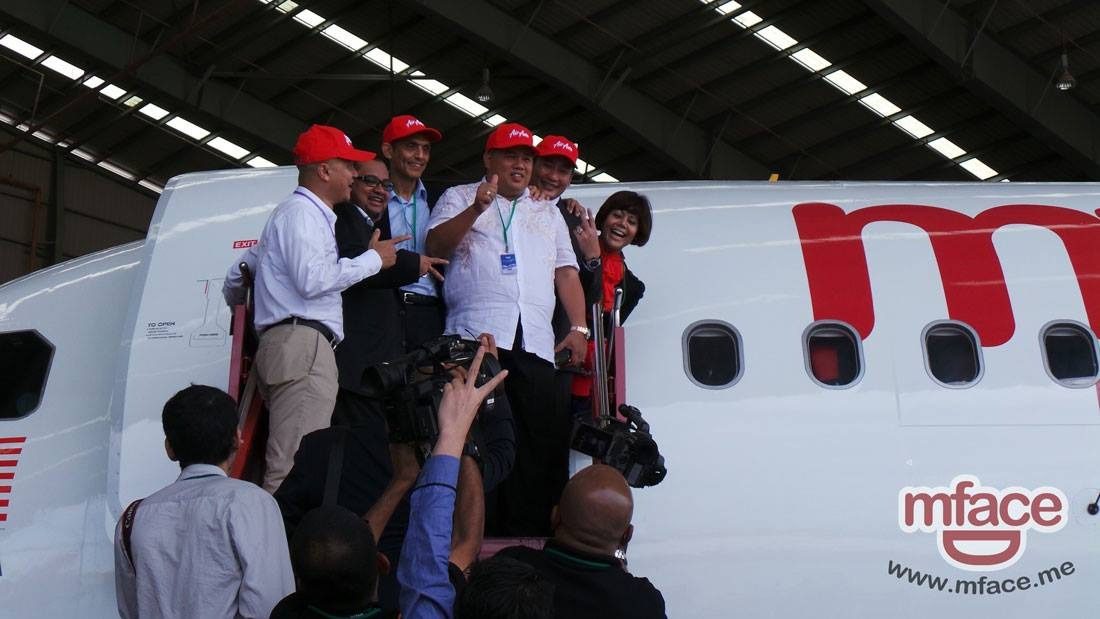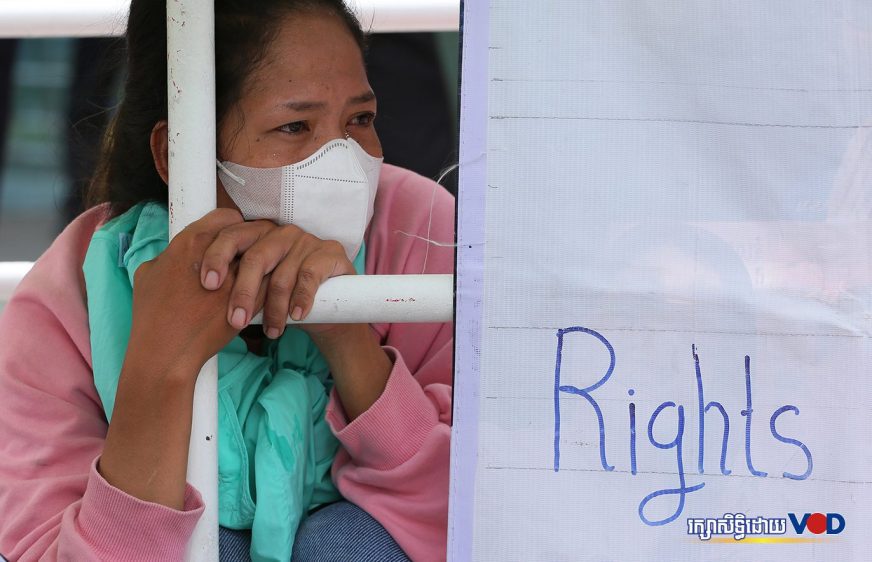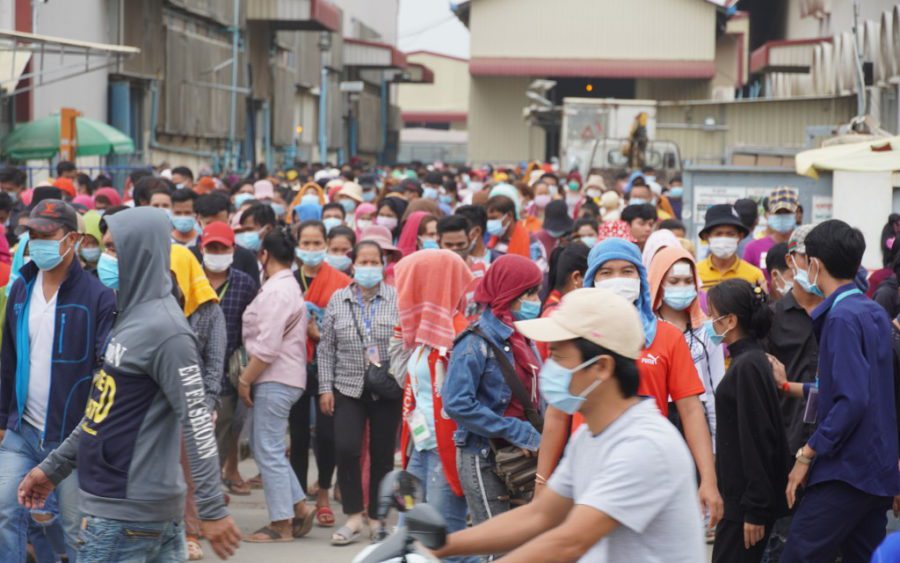Two weeks ahead of Europe raising tariffs on Cambodia over human-rights concerns, officials explained the finalization of a free-trade deal with China as being about expanding the range of Cambodian exports, not making up for the loss.
Sok Sopheak, secretary of state for the Commerce Ministry, told a press conference on Tuesday that the products that will be promoted under the Cambodia-China Free Trade Agreement are different from the items that will most likely regain tariffs in the E.U. market when the bloc’s partial repeal of Cambodia’s “Everything But Arms” (EBA) deal goes into effect on August 12.
The E.U. announced its partial suspension of the EBA in February due to Cambodia’s “serious and systematic violations” of human rights.
“If they suspend [trade benefits on] sugar, and some clothes to Europe, how can we say it can be replaced with exports to China?” Sopheak asked. “Because China also produces those [goods]. This [agreement] is a principle of diversification.”
Commerce Minister Pan Sorasak and his Chinese counterpart, Zhong Shan, announced that they had finalized the free-trade agreement on July 20. Prime Minister Hun Sen will fly to Beijing for the official signing before August 12, according to Cambodianess.
Chan Sopheap, a Finance Ministry official who was in charge of negotiating products covered in the deal, said the free-trade agreement would be a boon for the Cambodian economy, rejecting claims that it would better serve China.
The deal would cover about 10,000 types of products, Sopheap said, with a focus on agricultural goods as well as products that would be partially assembled in China and then finished in Cambodia.
The top categories of imports from China were dominated by fabrics in 2018, according to data reported by Cambodia to the U.N. — items that would be finished in Cambodian factories and shipped as garments primarily to the E.U. and U.S.
Of the 10,000 products on the list, 98 percent of the items would have free or reduced tariffs for exports to China, while 90 percent would have free or reduced tariffs on imports from China, Sopheap said.
“So please don’t be pessimistic,” Sopheap said on Tuesday. “The idea that China will benefit more from this FTA than Cambodia is not [accurate].”
In a roundtable discussion of the deal at the Royal Academy of Cambodia on Wednesday, economic researcher Ky Sereyvath said that the agreement would primarily be a way for Cambodia to expand its market reach and capacity.
“The Cambodia-China Free Trade Agreement allows Cambodia to diversify in industry so that we can move from the sole garment sector to other sectors,” he said.
Sereyvath recommended that Cambodia should expand its agricultural and agro-industrial sectors, as well as improve regulations to make the country more friendly to trade, in order to benefit from the decision.
He said that the majority of Cambodia’s bilateral trade with China, valued at $8 billion in 2019, was attributed to Chinese imports, but Cambodia could increase its own exports if it took the opportunity to invest in human resources.
While he couldn’t compare the impacts of EBA with the agreement with China, social development researcher Seng Sary said that Cambodia would benefit from trying to retain both trade partnerships.
“The important thing is that when we have both [EBA and CCFTA], it would be a good thing,” Sary said. “We could export our agricultural products to China and we export our garment products to Europe. If we have one to replace another one, it would not be a good idea, but if we have both, it is even better.”
CLARIFICATION: A previous version of this article said that Hun Sen would be traveling to Beijing on August 12, instead of sometime before.
(Translated and edited from the original article on VOD Khmer)



